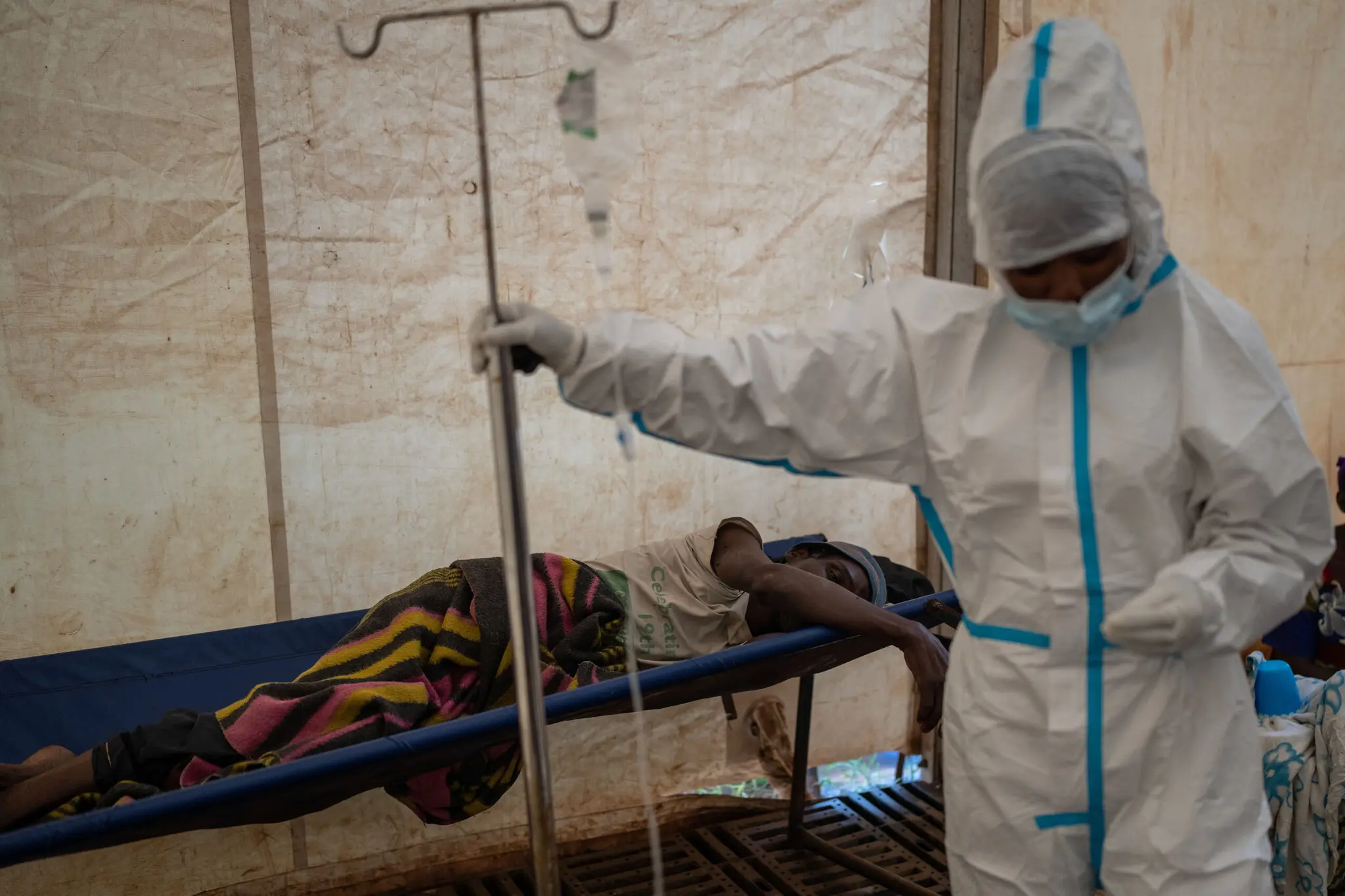In the past few months, there has been a disastrous spike in cholera cases across the globe. In addition to the spike in cases, there has been an exponential increase in deaths from the disease as well. Reports by The New York Times say that the global cholera infection deaths this year have gone up a shocking 71% since 2022, with almost 100,000 deaths, a tenth of a million people.
Cholera is an acute diarrheal disease caused by the bacterium Vibrio cholerae, typically contracted through contaminated water or food. It leads to severe dehydration and, if untreated, can be fatal within hours. Cholera primarily affects low-income regions with poor sanitation and limited access to clean water. The disease is highly contagious, spreading rapidly in areas with inadequate hygiene. While having filtered water is a potential solution, the CDC (Center for Disease Control and Prevention) states that administering the vaccine is the most efficient.
Previously, most cases were reported in the Middle East or Asia, but the disease has dominantly shifted to Africa, most condensed in Zambia, Malawi, and Sudan. The cases have been propelled by the catastrophic weather events that have swept through the regions, including floods and droughts. As such, people crowded into shelters with previously contaminated water, causing a massive increase in cases.
Although these countries had all set up cholera treatment in the past, as it is not uncommon for African countries in poverty to suffer from cholera outbreaks, they suffered an increase in deaths resulting from the disease in 2023. As stated by The New York Times, ““‘community deaths” — instances where people “died of cholera without receiving any care in a health center” — were the most prevalent cause of this sudden surge in victims. Young children and the elderly are especially at risk of the disease, which targets the kidneys and digestive tract.
A global shortage of cholera vaccines has worsened the crisis, as demand has consistently outpaced supply. Key producers have stopped manufacturing, leaving low- and middle-income countries—where the vaccine sells for as little as $1.50 per dose—struggling to secure enough doses. In 2022, a global emergency stockpile recommended administering only a single dose instead of the typical two, to conserve the limited supply. This shift reduced long-term protection but still provided vital short-term relief in outbreak regions. In 2023, countries requested 74 million doses, yet fewer than half were fulfilled, leaving no vaccines for preventive campaigns in places like Sudan and Gaza. Under this situation, the global community continues to suffer from the ongoing spread of cholera.
Efforts are underway to address the cholera vaccine shortage, but challenges remain. According to The New York Times, EuBiologics, currently the only global supplier, plans to increase output by 40% with a simplified formula, but total production next year will not exceed 70 million doses, which is still insufficient to meet the global demand. Meanwhile, Bharat Biotech, an Indian company, has developed another cholera vaccine, HillChol, which was recently approved for domestic use. The company aims to seek World Health Organization authorization by 2026, with an initial target of producing 40 million doses annually for global stockpiles.








